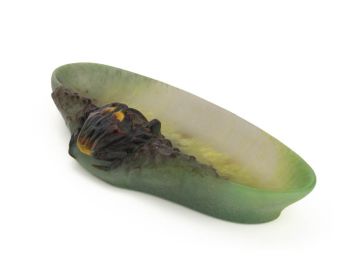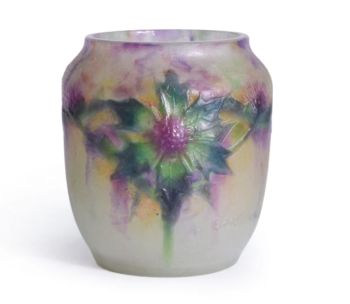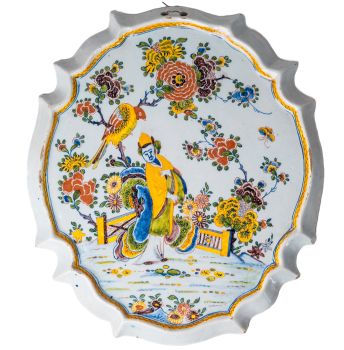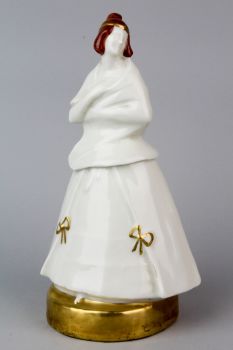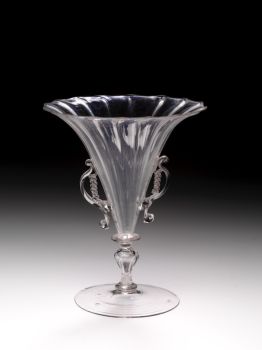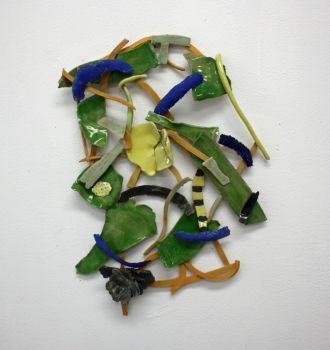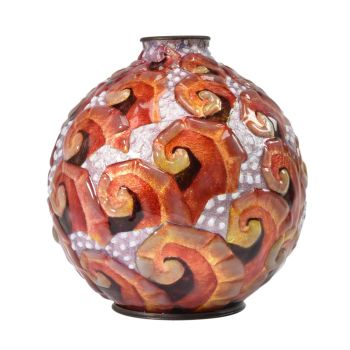About the artist
The Faience and Tile Factory Holland-Utrecht was founded in 1895 just below the southern city limits of Utrecht on the Vaartse Rijn by Jan Willem Mijnlieff (1862-1937). The Schillemans tile factory was previously located at this location. That factory was unable to carry out the desired modernization to the French-Belgian Art Nouveau, which was already popular in the early 1990s.
Mijnlieff did set up a faience program for decorative pottery with initial success. It would be in terms of design and decoration
become the most exuberant that the Netherlands has ever known. Mijnlieff was undoubtedly inspired by the success of the Haagsche Plateelfabriek Rozenburg. The fact that he achieved a high technical quality level for his faience is due to his personnel policy.
He brought professionals from the Netherlands and abroad to Utrecht, although it should be noted that at the end of 1897 a number of them already made the switch to Gouda, where the South Holland Plateelbakkerij was founded. In 1896, Mijnlieff managed to get two top artists from Rozenburg for the painting work. That
were Johannes Karel Leurs (1865-1936) and Jan Carel Heytze (1873-1943). Leurs was at the Academy of Visual Arts in The Hague
trained as a free creative painter to enter the service of Rozenburg in 1891 as an accomplished painter. Heytze became in 1889 as
15-year-old apprentice hired at Rozenburg. Within 5 years he achieved the status of master painter.
For Mijnlieff, both put an emphatic stamp on the faience production of Holland and therefore also on the tile pictures that the factory produced for indoors and outdoors. The Holland painters only occasionally signed their work.







